Daniel Hillel9780123485304, 0123485304, 0123485312, 0123485320, 0123485339, 0123485347
Table of contents :
Cover Page……Page 1
Book Description……Page 2
EDITOR-IN-CHIEF……Page 3
EDITORS……Page 4
EDITORIAL ADVISORY BOARD……Page 5
FOREWORD……Page 6
PREFACE……Page 7
INTRODUCTION……Page 9
B……Page 10
C……Page 11
D……Page 12
F……Page 13
G……Page 14
J……Page 15
M……Page 16
P……Page 18
R……Page 20
S……Page 21
T……Page 22
W……Page 23
Z……Page 24
Statistics in Soil Science ……Page 25
Structure ……Page 26
Sulfur in Soils ……Page 27
Swelling and Shrinking ……Page 28
Terraces and terracing ……Page 29
Tilth ……Page 30
Urban soils ……Page 31
Waksman, Selman A…….Page 32
Water Potential ……Page 33
Watershed Management ……Page 34
Wetlands, Naturally Occurring ……Page 35
Zero-Charge Points……Page 36
Zone Tillage ……Page 37
Sampling and Estimation……Page 38
Intrinsic Variation and the Variogram……Page 41
Models for Variograms……Page 42
Models with reverse curvature at the origin……Page 44
Anisotropy……Page 45
Coregionalization – Simultaneous Variation in Two or More Variables……Page 46
Modeling the Coregionalization……Page 47
Spatial Prediction – Kriging……Page 48
Direct Physical Measurement……Page 50
Adsorption from Solution……Page 52
Adsorption from the Gas Phase……Page 53
Retention of Polar Liquids……Page 54
List of Technical Nomenclature……Page 55
Why Statistics?……Page 56
Replication and Randomization……Page 57
Estimation variance, standard error, and confidence……Page 58
Coefficient of Variation……Page 59
Statistical Significance……Page 60
Transformations……Page 61
Analysis of Variance……Page 62
Correlation……Page 63
Regression……Page 64
Further Reading……Page 65
Stochastic Analysis of the Flow……Page 66
Stochastic Analysis of the Transport……Page 70
Summary……Page 72
List of Technical Nomenclature……Page 73
Further Reading……Page 74
Concept of Stress……Page 75
Effective Stress……Page 76
Concept of Strain……Page 77
Constitutive Laws……Page 78
Nonlinear Elastic Behavior……Page 80
Variable-Moduli Models……Page 81
Duncan and Chang model……Page 82
Yield Criteria……Page 83
Plastic potential and flow rule……Page 84
Modified Cam-Clay Constitutive Relationship……Page 85
NSDL-AU Model……Page 87
Measurement of Soil Sinkage and Shear……Page 88
Further Reading……Page 90
Introduction……Page 91
Microaggregates less than 2 mu m in Diameter……Page 92
General properties of macroaggregates and their dynamic nature in soil management systems……Page 94
Role of Wetting and Drying on Soil Structure Development……Page 97
Visual Inspection of Soil Aggregates……Page 98
Scaling Models of Soil Structure……Page 100
Miller scaling relations between different soils……Page 101
Structure of Tilled Agricultural Soils……Page 102
Surface crusting of tilled soils……Page 103
Fracture and plastic deformation of aggregates during wetting and drying cycles……Page 104
Further Reading……Page 105
Benefits of Subsoiling……Page 106
Subsoiler Design……Page 107
Force Required for Subsoiling……Page 108
When to Subsoil……Page 109
Subsoiling in Perennial Crops……Page 111
Considerations Before Subsoiling……Page 112
Introduction……Page 113
Atmospheric Sources……Page 114
Leaching losses……Page 115
Sulfate Adsorption by Soils……Page 117
Exchange on edges of silicate clays……Page 118
Factors affecting sulfur mineralization……Page 119
Oxidation of Elemental S in Soils……Page 120
Volatilization of S Compounds from Soils……Page 121
The Global Sulfur Cycle……Page 122
The Biological Availability of Sulfur……Page 123
Assimilation……Page 124
Sulfur Oxidation……Page 125
Sulfur Transformations and Environmental Quality……Page 126
Further Reading……Page 127
Functions of Sulfur in Plants……Page 128
Sulfur in Soils……Page 129
Sulfur Availability Indexes……Page 130
Sulfur Metabolism in Plants……Page 131
Fertilizers……Page 132
Further Reading……Page 133
Description of Models……Page 134
Surface Configuration of the Solid-Solution Interface……Page 135
Equilibrium Constants for Surface Complexation……Page 136
Mass and Charge Balances……Page 137
Surface Complexation Constants……Page 138
Constant Capacitance Model……Page 139
Diffuse-Layer Model……Page 141
Triple-Layer Model……Page 142
One-pK Model……Page 143
Further Reading……Page 144
The Birth of Soil Conservation in US Agriculture……Page 145
Recognition of New Environmental Issues……Page 146
Policy Aspects……Page 147
Sustainable and Organic Agricultural Systems……Page 148
Soil Loss……Page 149
Water Quality……Page 150
Loss of Farmland……Page 151
Introduction……Page 152
History……Page 153
Material Balance in Swelling Systems……Page 154
Water Potential in a Swelling Soil……Page 155
Flow Equation……Page 156
Overview……Page 157
Measurement……Page 158
Further Reading……Page 159
Climate……Page 162
Parent Materials……Page 163
Organisms……Page 164
Topography……Page 165
Effects of Humans……Page 166
List of Technical Nomenclature……Page 167
Introduction……Page 168
Response Time……Page 169
Range of Applications……Page 170
Further Reading……Page 171
Construction……Page 172
Spacing……Page 173
Deposition and sediment delivery……Page 174
Parallel-Impoundment, Underground-Outlet Terraces……Page 175
Flat benches with vertical backslopes……Page 176
Inward-sloping benches……Page 177
Summary……Page 178
Introduction……Page 180
Nitrogen Soil Tests……Page 181
Calibration of Soil Tests for Crop Production……Page 182
Calibration of Soil Tests for Environmental Purposes……Page 183
Soil Sampling for Soil Testing……Page 184
Summary……Page 185
Soil Particle Size: Measurements and Classification……Page 186
Fine Soil Measurements……Page 187
Size and Textural Classification Schemes……Page 188
USDA classification……Page 189
Use of Texture Data for Estimating Hydraulic Properties……Page 191
Further Reading……Page 192
Modes of Energy Transfer……Page 193
Conduction of Heat in Soil……Page 194
Thermal Conductivity of Soils……Page 195
Simultaneous Transport of Heat and Moisture……Page 196
Thermal Regime of Soil Profiles……Page 198
Further Reading……Page 199
Classical (Equilibrium) Thermodynamics of Soil Water……Page 200
The Tensiometer (and the Pressure Membrane Apparatus)……Page 201
Nonequilibrium Thermodynamics of Soil Water……Page 202
Modern Development……Page 204
Introduction……Page 205
Soil Organic Matter and Tilth……Page 206
Tillage Effects on Soil Tilth……Page 207
Cover Crops……Page 208
Tilth Indices……Page 209
Summary……Page 210
Introduction……Page 211
Measurement of Soil Water Content Using TDR……Page 212
Instrumentation and Wave-Guides……Page 215
Measurement of Bulk Electrical Conductivity Using TDR……Page 216
Conclusion……Page 217
Further Reading……Page 218
Climatic Controls……Page 219
Processes of Soil Formation in Arid and Semiarid Soils……Page 220
Factors of Soil Formation in Arid and Semiarid Soils……Page 221
Properties of Semiarid Soils……Page 222
Human Land Use of Arid and Semiarid Soils……Page 223
Introduction……Page 224
Soil-Moisture Regimes of the Tropics……Page 225
Chemical and Mineralogical Composition of Soils……Page 227
Reworked Sediments of Low Fertility……Page 228
Floodplains……Page 230
Further Reading……Page 231
Finger Diameter and Structure……Page 234
Further Reading……Page 238
Use of Soils in Urban Areas……Page 239
Composition and Heterogeneity of Urban Soils……Page 240
Garden soils……Page 242
Functions of Urban Soils……Page 243
Management of Urban Soils……Page 244
Further Reading……Page 245
Physical Processes……Page 246
Chemical Processes……Page 248
Biological Processes……Page 250
Scale Issues……Page 251
Further Reading……Page 252
Definition of the Vadose Zone……Page 253
Quantity Along a Depth Gradient……Page 254
Diversity of Vadose Microorganisms……Page 255
Physical and Chemical Characteristics Affecting Vadose-Zone Microbial Ecology……Page 256
Modeling Vadose-Zone Microbial Processes……Page 258
The Vadose Zone as an Analog for Other Extreme Habitats……Page 260
Further Reading……Page 261
Soil Formation……Page 262
Ultisols……Page 264
Human Interactions with Volcanic Soils……Page 266
Further Reading……Page 269
Waksman, Selman A…….Page 270
Introduction……Page 275
Slow-Rate Process……Page 276
Rapid-Infiltration Process……Page 277
Adsorption and Precipitation……Page 278
Metals and Trace Elements……Page 279
Organic Compounds……Page 280
Microorganisms……Page 281
Further Reading……Page 283
MSW Composition and Degradation……Page 284
Microbial Reactions and Waste Degradation……Page 286
Mineralogical Reactions Within Waste……Page 287
Further Reading……Page 289
Gravimetric Methods……Page 290
Nuclear Methods……Page 291
Heat-Dissipation Matric-Potential Sensors……Page 292
Tensiometer……Page 293
Further Reading……Page 294
Overview……Page 295
Water Cycle Processes……Page 296
Environmental and Economic Implications of Water-Cycle Processes……Page 298
Land-Management Impacts……Page 299
Summary……Page 300
Surface Runoff……Page 301
Runoff Control and Utilization……Page 302
Runoff Inducement……Page 303
Modern Methods……Page 305
The ‘Total’ Soil Water Potential and its Components……Page 307
Pia(h)……Page 309
Water Potential……Page 310
Pressure Potential……Page 311
Matric Potential……Page 312
Further Reading……Page 314
The Bundle of Cylindrical Capillaries Model……Page 315
Liquid Retention and Pore Shape……Page 316
Empirical SWC Models……Page 318
Physically Based Models for the SWC……Page 320
Lattice Boltzmann Approach……Page 321
Hysteresis of the SWC……Page 323
Measurement of SWC Relationships……Page 324
Further Reading……Page 325
Molecular Structure……Page 327
States of Water……Page 328
Ionization and pH……Page 329
Solvent Properties of Water……Page 330
Osmotic Pressure……Page 331
Vapor Pressure……Page 332
Surface Tension……Page 333
Curvature of Water Surfaces and Hydrostatic Pressure……Page 334
The Phenomenon of Capillarity……Page 335
Density and Compressibility……Page 336
Further Reading……Page 337
Characterizing the Degree of Water Repellency……Page 338
Infiltration Rate……Page 339
Mitigating Water Repellency……Page 341
Further Reading……Page 342
Hydrology and Streamflow Variation……Page 343
Stormflow and Floods……Page 344
Water Quality……Page 345
Forest Lands……Page 346
Riparian Areas and Wetlands……Page 348
Approaches, Challenges, and Tools for Watershed Management……Page 349
List of Technical Nomenclature……Page 351
Introduction……Page 352
Method of irrigation……Page 353
Plant breeding……Page 354
Disease and insect pests……Page 355
Climate……Page 356
Measurement of Water-Use Efficiency……Page 357
Possibilities of Increasing Water-Use Efficiency……Page 358
Further Reading……Page 359
Control Options and Efficacy……Page 360
Summer Annual Species……Page 361
Weed Seed Bank and Seedling Biology……Page 362
Perennial Species……Page 363
List of Technical Nomenclature……Page 364
Introduction……Page 365
Palustrine Wetlands……Page 366
Hydric Soils……Page 367
Nitrogen……Page 368
Carbon……Page 370
Further Reading……Page 371
Widtsoe, John A. and Gardner, Willard……Page 372
Further Reading……Page 376
Wind Speed Reduction……Page 377
Surface Fluxes of Heat and Moisture……Page 378
Soil Moisture……Page 379
Type 2: Traveling Atmospheric Pressure Waves……Page 380
Aesthetic and Recreational Value……Page 381
The Pioneers (1895-1965)……Page 382
Foundations: Building on the Pioneers (1959-1975)……Page 384
In the Classroom, in the Field, and in the Laboratory (1970-1990)……Page 386
1990 and Ahead……Page 388
Introduction……Page 389
Soil Classification……Page 390
Histosols……Page 393
Andisols……Page 394
Oxisols……Page 397
Aridisols……Page 398
Ultisols……Page 399
Inceptisols……Page 400
Further Reading……Page 401
Components of Surface Charge……Page 404
Point of Zero Charge……Page 406
Point of Zero Net Charge……Page 408
List of Technical Nomenclature……Page 409
Zone Tillage……Page 410
Further Reading……Page 412
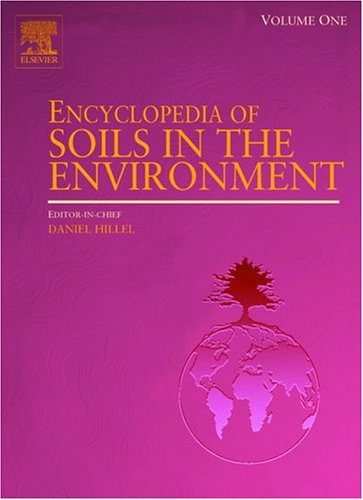
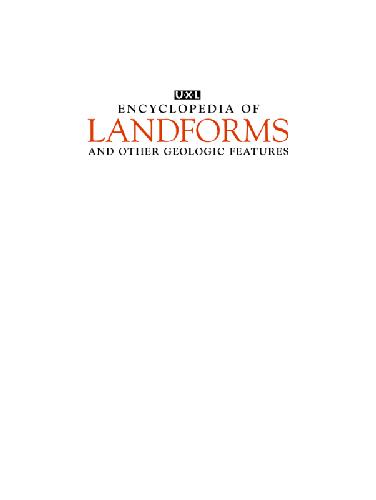
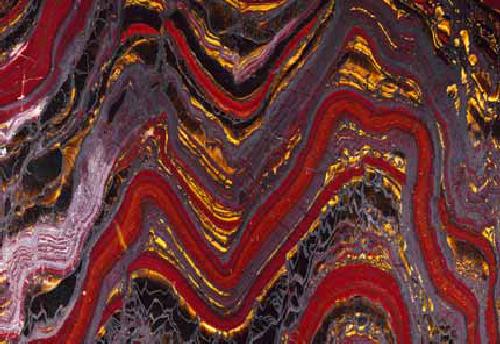

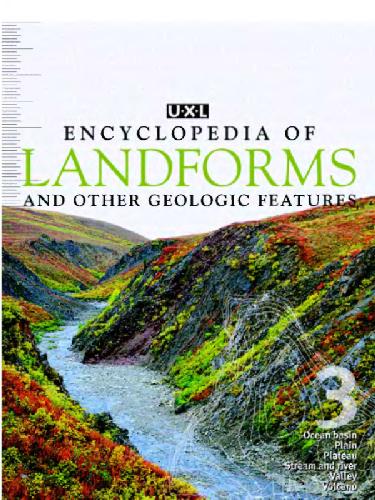
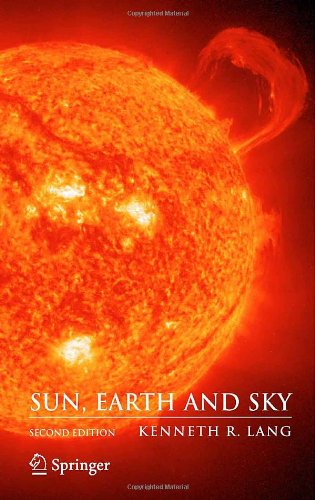
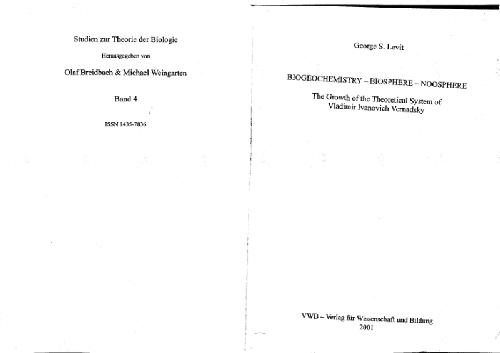
Reviews
There are no reviews yet.